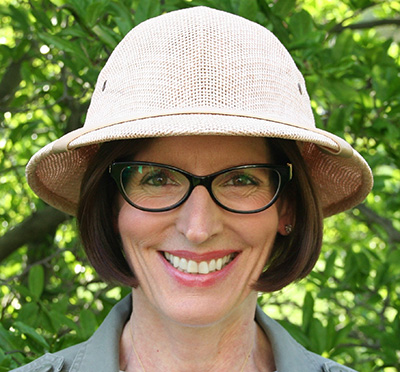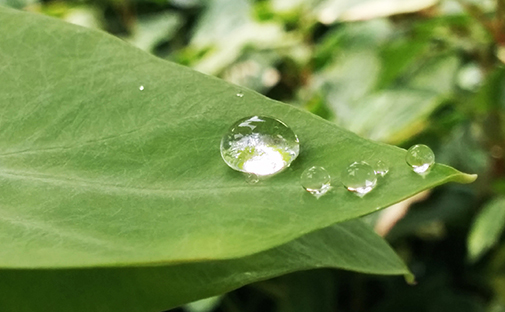

Beth Topinka is the S.T.E.A.M. lab teacher for grades 2-5 at Millstone Township School District in central New Jersey. She’s a vocal advocate for interdisciplinary, problem-based learning, and was recently selected as a state finalist for the 2016 Presidential Awards for Excellence in Mathematics and Science Teaching.
After graduating from Ashland University in Ohio and completing a master’s degree at The Ohio State University, Beth earned her teaching certification from Georgian Court University in New Jersey. She taught middle school science for 12 years, earning a Gifted Education Certificate from Rutgers along the way. On her mission to “be the change,” she moved to Millstone’s elementary school to help teachers transition to the Next Generation Science Standards. Memorable classroom activities include training Madagascar hissing cockroaches to prefer peppermint over vanilla (the students proudly shared their results with an expert in Japan), and an investigation exploring the design possibilities of the invasive Phragmites plant.
Beth seeks out science adventures wherever she and her husband travel. They’ve touched clouds on an ultralight flight in Oahu, looked eye-to-eye with Galápagos sharks (from the safety of a shark cage), smelled sulfurous boiling mud in Iceland, and trekked across Mousa Island to observe nesting Arctic terns.
How Do Infections Spread In Plants?
Students model the interaction of biotic and abiotic factors in a plant disease system, then use their data to inform recommendations to farmers to limit disease transmission.
Hydrophobicity: Will The Water Drop Stop Or Roll?
Examine surface textures and conduct a “tilt test” to compare how materials with different surface textures repel or absorb water.

